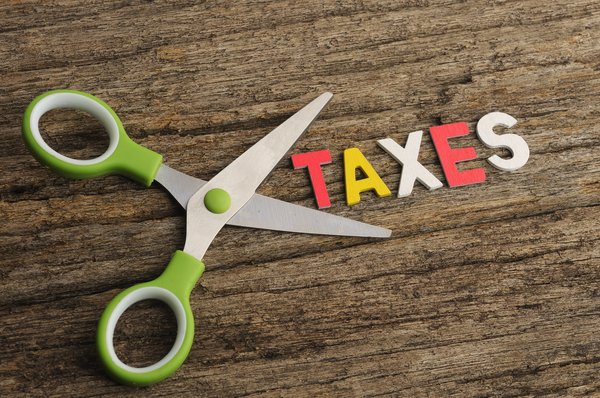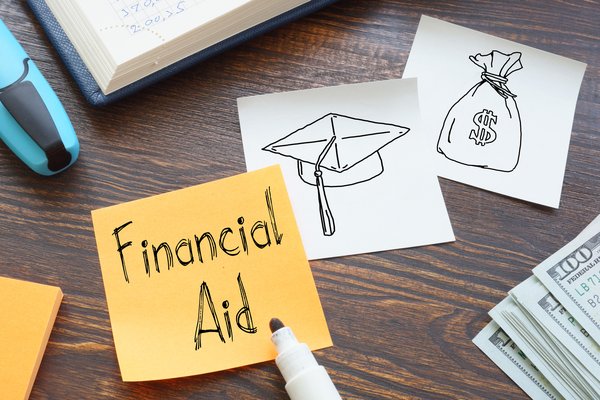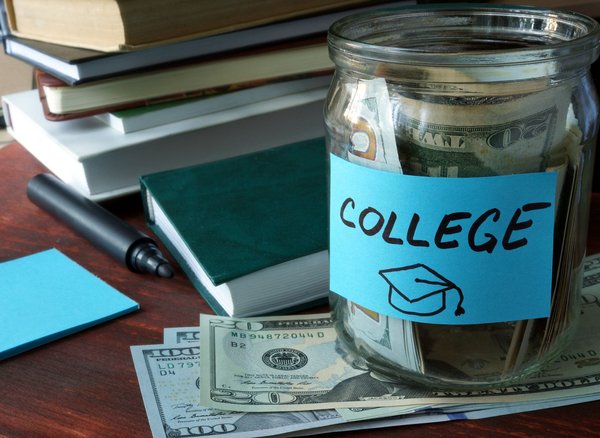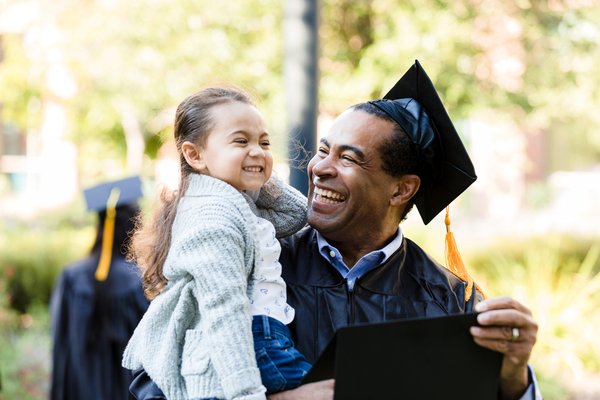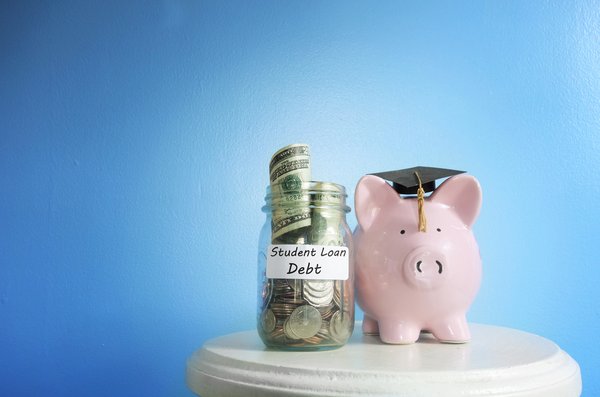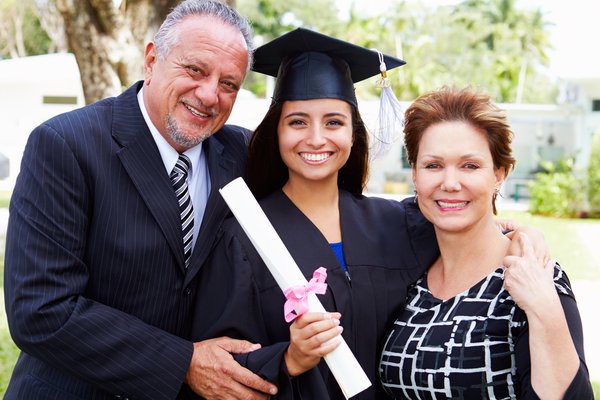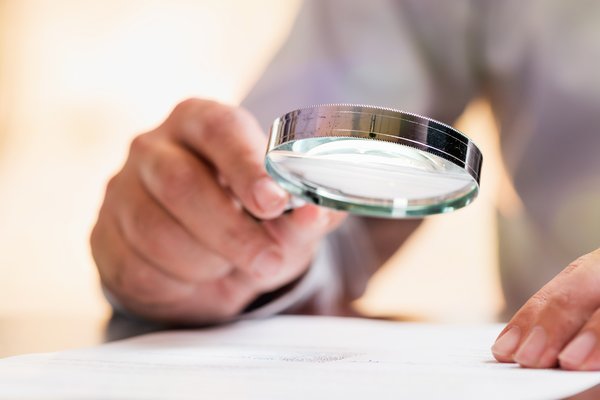Key Takeaways
The Public Service Loan Forgiveness (PSLF) program is a debt cancellation offering for those who choose to dedicate their careers to public service. In this article, we'll cover:
- What the PSLF is and how one might apply for it
- The professions eligible for coverage, along with other eligibility requirements
- How the program fits into President Biden's loan forgiveness goals
From there, we'll address some of the more commonly asked questions surrounding PSLF.

What is the Public Service Loan Forgiveness (PSLF) program?
What is the Public Service Loan Forgiveness (PSLF) program?
The Public Service Loan Forgiveness plan allows borrowers with outstanding student debt to have their loans forgiven, provided they enter one of a specific set of professions and make at least 120 qualifying student loan payments (or 10 years' worth).
In other words, you must have qualifying federal student loans, work in an eligible full-time profession, and make qualifying student loan payments for a decade or more before being considered for student loan debt cancellation.
Careers eligible for PSLF are in public service. These include government services, the U.S. military, or nonprofit work, such as certain charitable organizations or educational institutions.
What is a qualified monthly payment?
What is a qualified monthly payment?
A qualified monthly payment is one you make toward your federal student loans under the following conditions:
- While under a qualifying repayment plan, and
- For the full monthly amount due on your bill, or
- In an acceptable form of deferment or forbearance
Forbearance
Here, "qualifying repayment plan" refers to the repayment plans available to borrowers via the federal government. These allow borrowers to make reasonable payments based on how much they earn or on a predetermined 10-year payment schedule.
Fortunately, to fall within the bounds of the PSLF, your 120 months of qualified repayments don't need to be consecutive. So you could work for a nonqualifying employer without losing credit for prior qualifying payments.
The Coronavirus Aid, Relief, and Economic Security Act, or CARES Act, of 2020 also allowed for months during which your payments were on pause as part of automatic forbearance to count as payments, so long as you could certify your employment during that time. Note that according to the Federal Student Aid site, this pause is set to end on Aug. 30th, 2023.
In other words, if you remained employed at your public service job during the payment pause, you still received credit for those months -- even if you didn't actually make payments toward your student loan balance.
What is a qualifying repayment plan?
What is a qualifying repayment plan?
A qualifying repayment plan refers to federally approved methods for paying off federal student loans. These may include standard, 10-year repayment plans or income-driven repayment plans.
Income-driven repayment plans are typically best for maximizing the benefits of PSLF. These include the following plans:
- Revised Pay As You Earn (REPAYE)
- Pay As You Earn (PAYE)
- Income-Based Repayment (IBR)
- Income-Contingent Repayment (ICR)
In these cases, you'll make payments toward your loan each month based on how much you earn. After making 120 payments, you'll likely still have a loan balance, which you can apply to have forgiven under PSLF rules.
If you make payments under a standard repayment plan, you'll likely have paid off your entire debt balance by the time 10 years have passed. While this is great, you'll have missed the opportunity to have part of your loan forgiven.
Public Service Loan Forgiveness eligibility requirements
Public Service Loan Forgiveness eligibility requirements
To qualify for loan forgiveness, you'll need to meet the below requirements:
- Make 120 on-time, full monthly payments toward your federal Direct Loan balances.
- You must make the payments under a qualified repayment plan.
- When you make the payments, you must be employed full-time by a qualified public service organization.
Note that you'll also need to have an outstanding federal loan balance for it to be forgiven. If you repay your loans through a standard 10-year repayment plan, you might not have anything left to forgive. Make sure you consider this when you choose a qualified repayment plan.
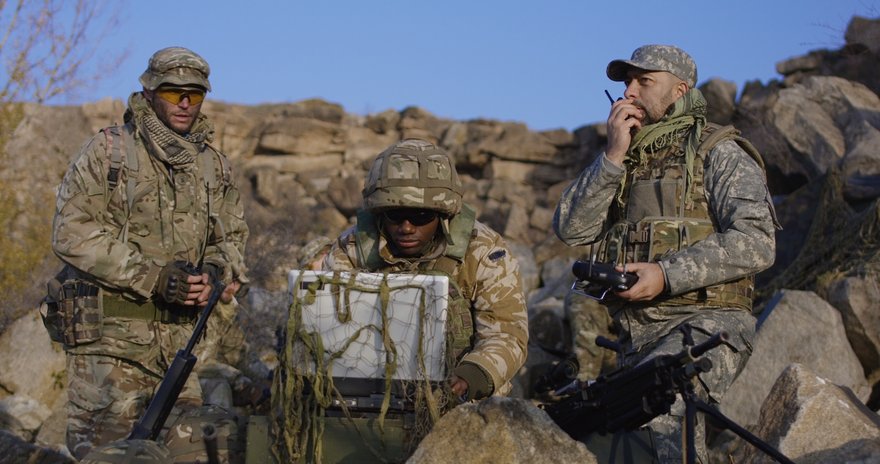
What types of employment qualify as public service?
What types of employment qualify as public service?
Qualified public service generally includes work in the following:
- Federal, state, or local government agencies/entities
- Not-for-profit organizations, specifically those designated 501(c)(3) organizations
- Some private services, like emergency management, may qualify
- Broad employment categories, like education, healthcare workers, first responders, active-duty military personnel, and government personnel
Public service is not:
- Employment at a for-profit organization
- Work for a labor union or similar group
- Work contributions to a partisan political organization
- Any sort of work around religious instruction or proselytizing
What exactly is a Direct Loan?
What exactly is a Direct Loan?
A Direct loan is a federal student loan made directly by the U.S. Department of Education. If you took a loan from the Education Department on or after July 1, 2010, you're likely working with a Direct Loan.
Types of Direct Loans include:
- Direct Subsidized Loans
- Direct Unsubsidized Loans
- Direct PLUS Loans
- Direct Consolidation Loans
How do I apply?
How do I apply?
There are forms to fill out on the U.S. Department of Education website to apply for loan forgiveness. Recall that 120 payments are required under a qualified repayment plan to be eligible for PSLF, so you'll need to have made payments for at least 10 years.
There is also a new-and-improved PSLF Help Tool to assist borrowers with filling out forms and confirming their eligibility. Learn more about the public service loan forgiveness program at studentaid.gov.
Is this part of President Biden's student loan forgiveness plan?
Is this part of President Biden's student loan forgiveness plan?
President Biden's student loan forgiveness plan, as a whole, includes improvements to PSLF. For instance, instead of having to be on an income-based repayment plan to be eligible for loan forgiveness, borrowers on any Direct Loan repayment plan will be eligible for relief.
Overall, President Biden has made it easier for borrowers to seek loan forgiveness. That's particularly true for those who have signed up for a career in public service.
Common reasons people don't qualify
Common reasons people don't qualify
People may have their PSLF application rejected for a few reasons:
- They haven't made 120 payments toward their federal Direct Loans yet
- They don't work in a qualified public service profession or don't work full-time
- They no longer have a student loan balance outstanding
- They've made late or sporadic payments toward their loans or can't provide proof that they've made payments
All-in-all, it's now easier to qualify for PSLF than ever before, but it's also necessary to follow all instructions to ensure your application for forgiveness isn't denied.
Public Student Loan Forgiveness: Is it worth it?
Naturally, if you can have a portion of your student debt forgiven, it's certainly worth going for it. PSLF is generally available to those who have committed their lives to a career in public service and, at the same time, have managed to stay on top of their finances for an extended period following graduation.
The key is in the fine print. You'll need to make sure you're in a qualified profession (on a full-time basis) and that you make payments consistently. The U.S. Department of Education tends to be a stickler for details, so if you're missing documentation or haven't met even one of the requirements, a denial may be coming your way.
Ultimately, PSLF is absolutely worth pursuing for those who rightfully qualify. If this is you, be sure to have your ducks in a row to maximize this valuable benefit.
Public Service Loan Forgiveness FAQs
Who gets public service loan forgiveness?
The people eligible for public service loan forgiveness work full-time for a government agency, a nonprofit, or another public service organization. Borrowers must have made at least 120 payments toward their student loans, which equates to 10 years' worth of debt service.
What are the new rules for public service loan forgiveness?
The new rules for PSLF are a bit more lenient under President Biden. For instance, any months during which a qualified loan repayment plan was in approved deferment or forbearance now count toward the 120 payments needed for PSLF. At the same time, they also permit partial payments and/or lump sum payments to count toward the 120-payment threshold.
Is public service loan forgiveness right for me?
After reviewing the eligibility rules, if you determine you might receive loan forgiveness, it definitely makes sense to at least fill out an application. The PSLF program usually applies to public servants who have made at least 10 years' worth of payments toward their federal Direct Loans.
What disqualifies you from public service loan forgiveness?
A violation of any of the eligibility criteria will disqualify you from public service loan forgiveness, so it's critical to review the criteria before filling out your application. Generally speaking, the rules are more lenient now, but you'll still need to be a full-time public servant with a robust track record of making payments toward your Direct Loans.











